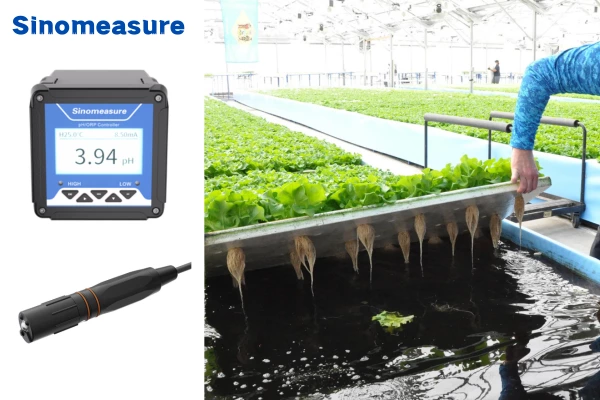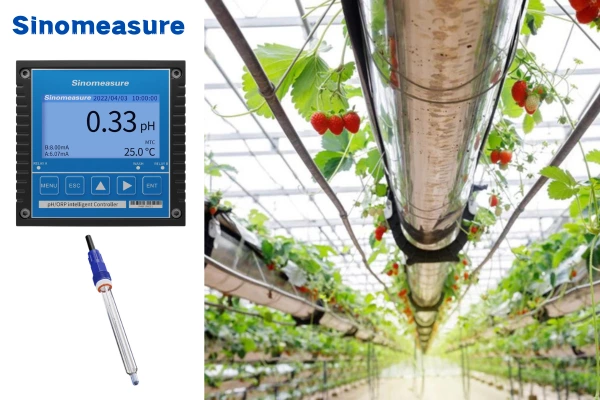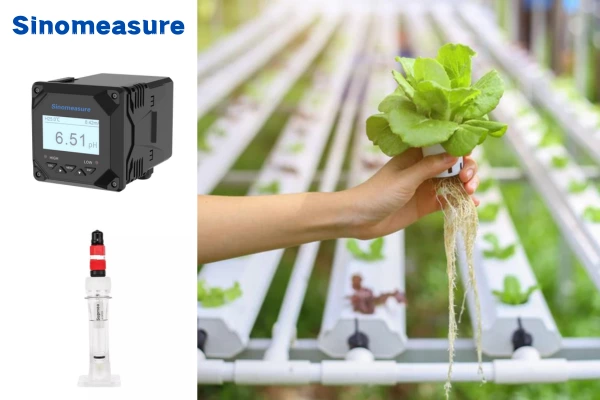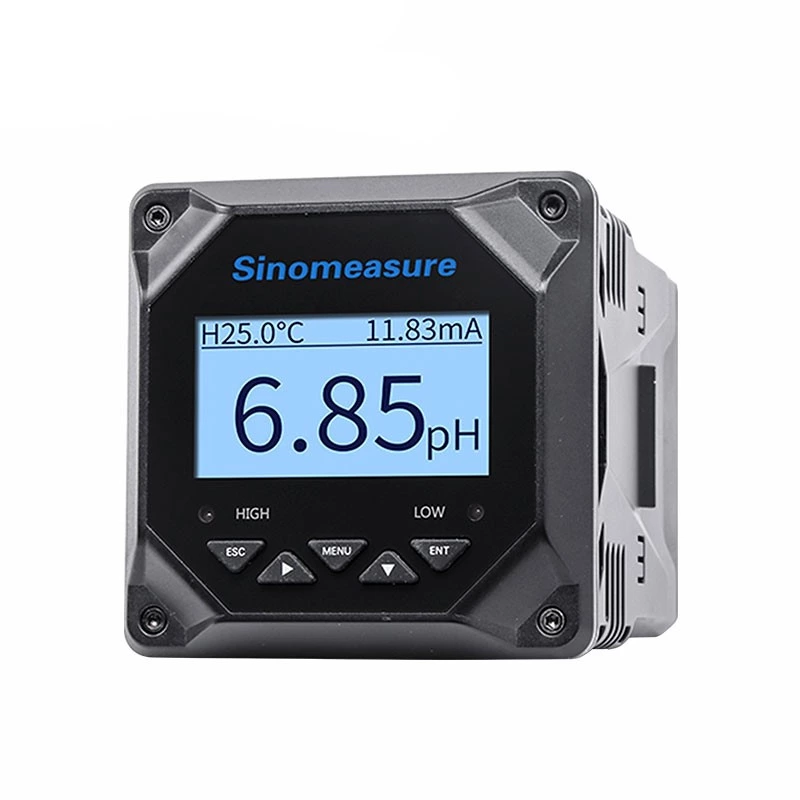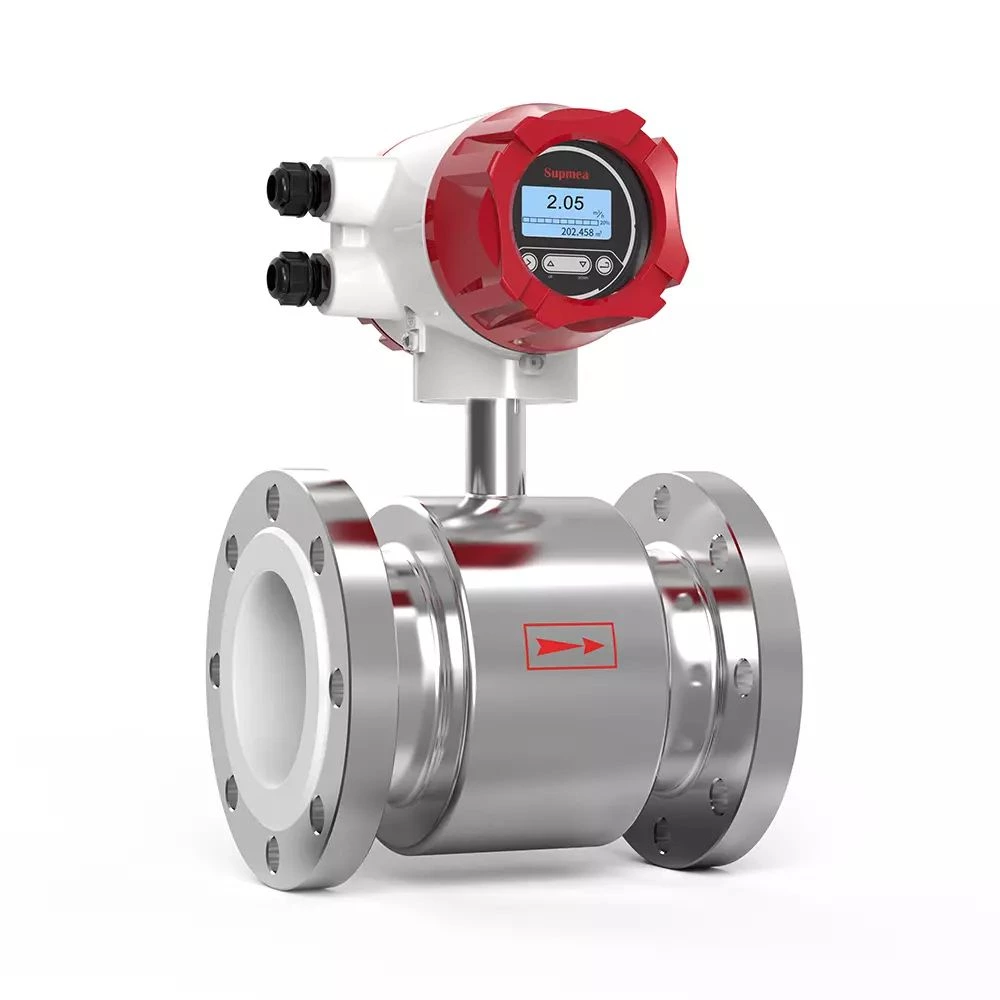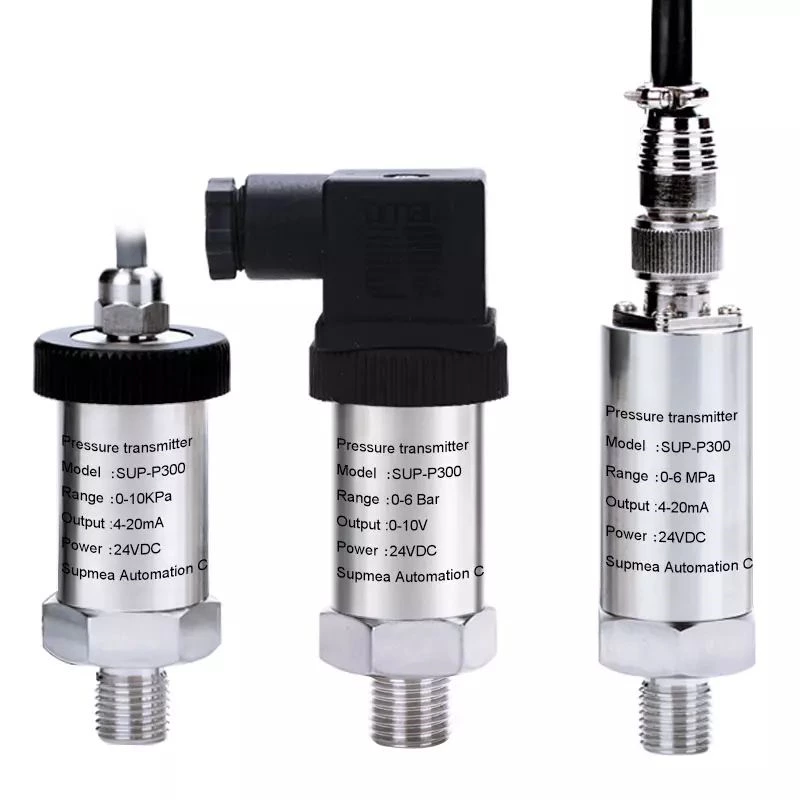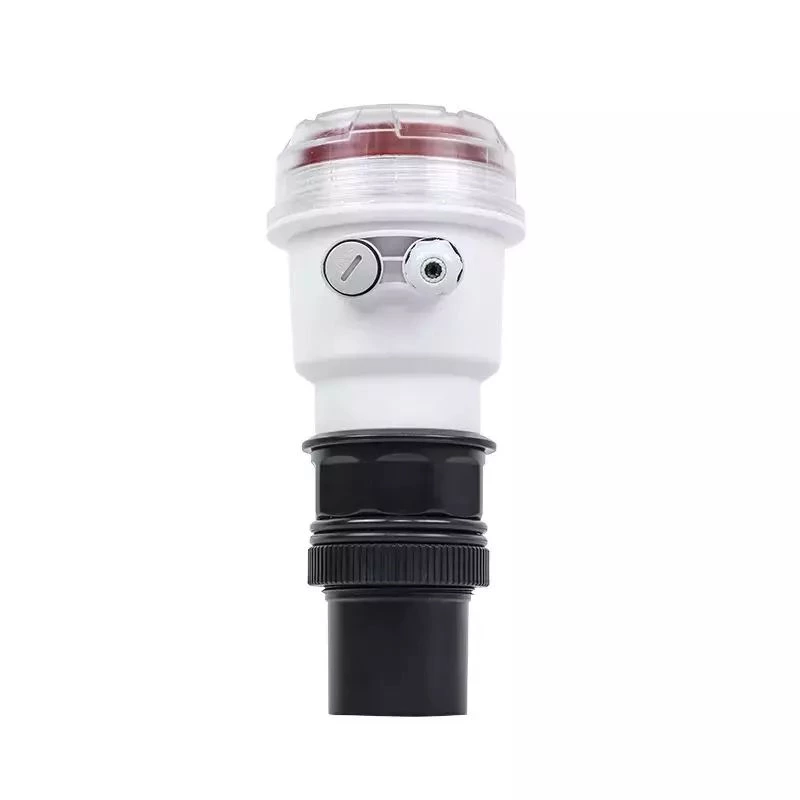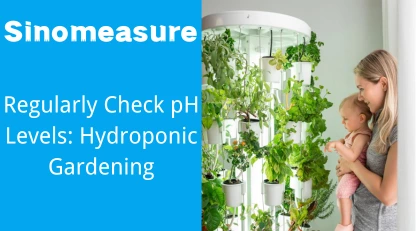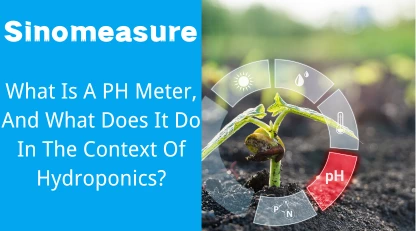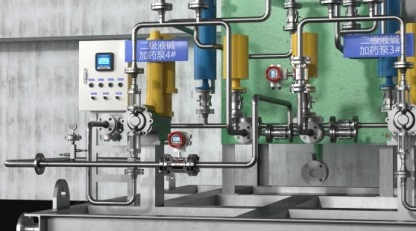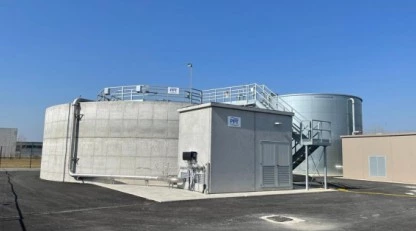Introduction
Hydroponics has gained immense popularity as an efficient and sustainable method of growing plants without soil. In this innovative cultivation technique, plants receive essential nutrients through water instead of traditional soil-based methods. One crucial factor that significantly influences plant health and growth in hydroponics is the pH level of the nutrient solution. In this comprehensive guide, we will delve into the significance of pH monitoring for hydroponics and provide valuable insights to help you achieve the best possible results for your hydroponic garden.
pH Monitoring for Hydroponics: Understanding the Basics
In hydroponics, the pH level refers to the acidity or alkalinity of the nutrient solution. It is measured on a scale of 0 to 14, where 7 is considered neutral. A pH below 7 indicates acidity, while a pH above 7 indicates alkalinity. For most hydroponic crops, maintaining a slightly acidic to neutral pH level is crucial for optimal nutrient uptake and overall plant health.
The Impact of pH on Nutrient Availability
pH plays a significant role in nutrient availability to plants. When the pH is outside the ideal range for a specific crop, essential nutrients may become unavailable to the plants, leading to nutrient deficiencies and poor growth. Different nutrients have different pH ranges at which they are optimally absorbed by plants. Thus, monitoring and adjusting the pH level is essential to ensure that plants receive the right balance of nutrients.
Optimal pH Range for Common Hydroponic Crops
Different hydroponic crops have varying pH preferences. As a general guideline:
- Leafy greens such as lettuce and spinach thrive in a pH range of 5.5 to 6.5.
- Fruiting crops like tomatoes and peppers prefer a slightly more acidic pH of 5.8 to 6.8.
- Herbs like basil and mint grow best in a pH range of 6.0 to 7.0.
The Importance of pH Fluctuation Management
pH levels in a hydroponic system can fluctuate due to several factors, including nutrient imbalances, water quality, and microbial activity. Uncontrolled pH fluctuations can stress plants and result in stunted growth or reduced yields. Therefore, regular monitoring and proactive management of pH levels are vital to ensure stable and optimal growing conditions.
pH Monitoring Tools and Techniques for Hydroponics
Accurate pH monitoring is essential for successful hydroponic gardening. Several tools and techniques can help you maintain the ideal pH range and create an environment conducive to plant growth.
1. pH Meters: Your Precision Monitoring Companion
pH meters are handheld devices that measure the pH of the nutrient solution with high accuracy. They provide real-time data, allowing you to make immediate adjustments when necessary. Invest in a reliable pH meter and calibrate it regularly to ensure precise readings.
2. pH Test Strips: Simple and Convenient
For hobbyists or small-scale hydroponic setups, pH test strips offer an affordable and straightforward way to monitor pH levels. These strips change color based on the pH of the solution, providing a quick visual indication of the pH range.
3. pH Controllers: Automated pH Management
For larger hydroponic systems, pH controllers offer automated pH management. These devices use pH probes and dosing pumps to monitor and adjust pH levels as needed, providing a hands-off approach to pH maintenance.
4. pH Buffer Solutions: Calibration and Adjustment
Calibrating your pH meter or test strips is crucial for accurate readings. pH buffer solutions come in various pH values and help calibrate your equipment to ensure reliable measurements.
pH Adjustment: Balancing Your Nutrient Solution
Maintaining the correct pH range is essential, but it's equally crucial to know how to adjust the pH when it falls out of the desired range. Here are some techniques to help you balance your nutrient solution:
1. pH Up and pH Down Solutions
pH Up and pH Down solutions are commercially available products designed to increase or decrease pH levels, respectively. Follow the manufacturer's instructions and make gradual adjustments to avoid drastic pH swings.
2. Natural pH Adjusters
Some natural substances can be used to adjust pH levels in hydroponic systems. For example, adding lemon juice or vinegar can lower pH, while adding baking soda can raise it. However, these methods should be used with caution, as they can introduce additional elements to the nutrient solution.
pH Monitoring Maintenance: Best Practices
To ensure consistent and accurate pH monitoring, follow these best practices:
1. Regularly Check pH Levels
Monitor pH levels at least once a day, preferably at the same time, to identify any fluctuations promptly.
2. Clean and Calibrate Equipment
Clean your pH meter or test strips after each use and calibrate them regularly as per the manufacturer's instructions.
3. Keep Records
Maintain a record of pH readings and any adjustments made to track trends and identify patterns.
4. Monitor Nutrient Solution Strength
In addition to pH, keep a close eye on the strength of your nutrient solution. Dilute or adjust it if necessary to avoid nutrient imbalances.
pH Monitoring FAQs
Q1: What is the ideal pH range for hydroponics?
The ideal pH range for hydroponics varies depending on the crop. However, in general, a pH range of 5.5 to 6.5 is suitable for most leafy greens.
Q2: How often should I check the pH in my hydroponic system?
It's essential to monitor pH levels daily, preferably at the same time each day, to ensure timely adjustments if needed.
Q3: Can I use household items to adjust pH levels?
While some household items like lemon juice or vinegar can be used to adjust pH levels, it's best to use commercial pH adjusters for precise and controlled adjustments.
Q4: Is it necessary to calibrate my pH meter regularly?
Yes, calibrating your pH meter regularly is crucial to maintain accurate readings and ensure the effectiveness of your adjustments.
Q5: What happens if the pH level is too high or too low?
If the pH level is too high or too low, plants may experience nutrient deficiencies, leading to stunted growth and reduced yields.
Q6: How can I prevent pH fluctuations in my hydroponic system?
Maintaining a stable nutrient solution, proper water quality, and regular monitoring are essential to prevent pH fluctuations.
Conclusion
pH monitoring is a critical aspect of successful hydroponic gardening. By understanding the basics of pH levels, using the right tools and techniques, and following best practices, you can create an optimal environment for your hydroponic plants to thrive. Remember to regularly check and adjust pH levels, keep accurate records, and provide your plants with the best possible nutrient solution to achieve outstanding results in your hydroponic garden.

